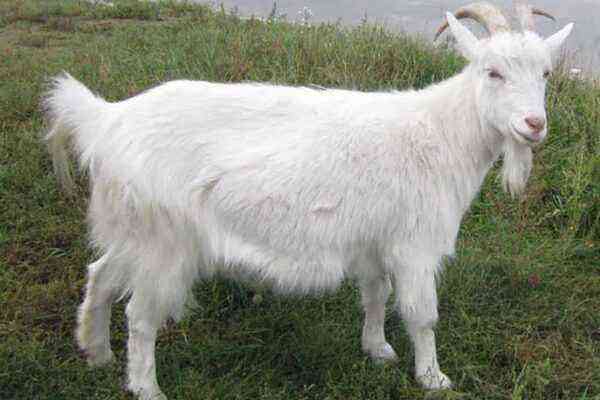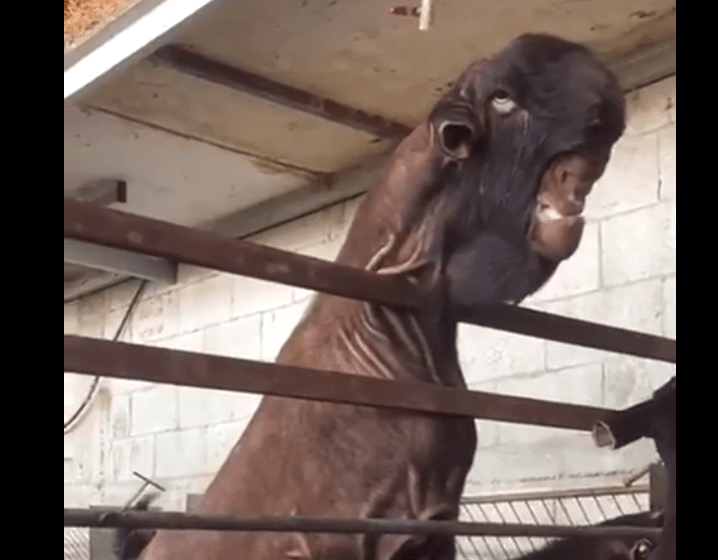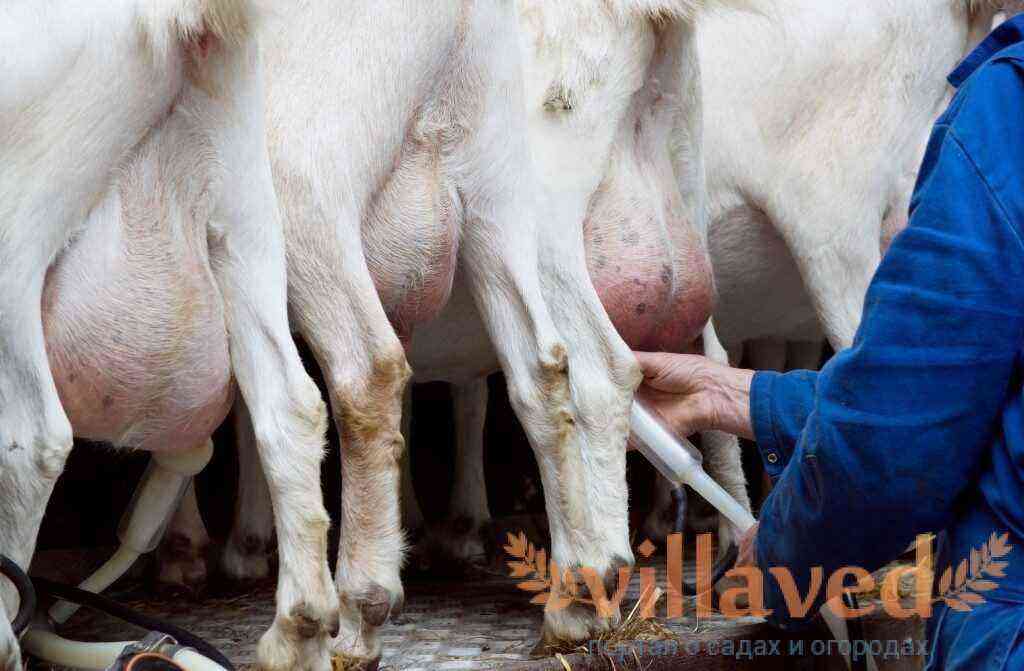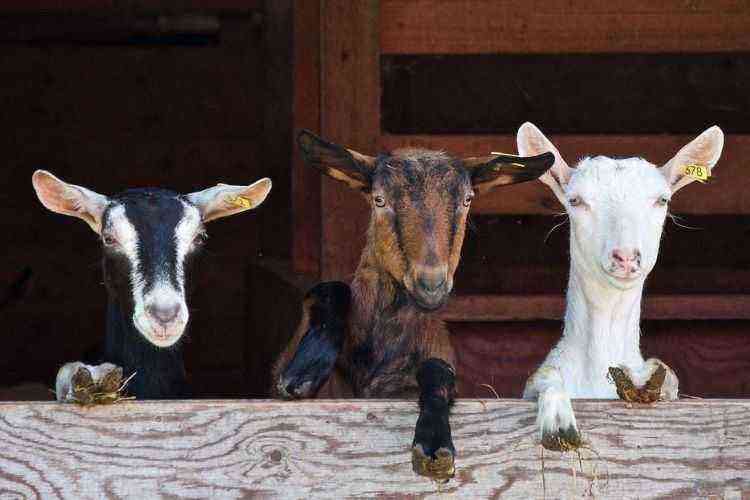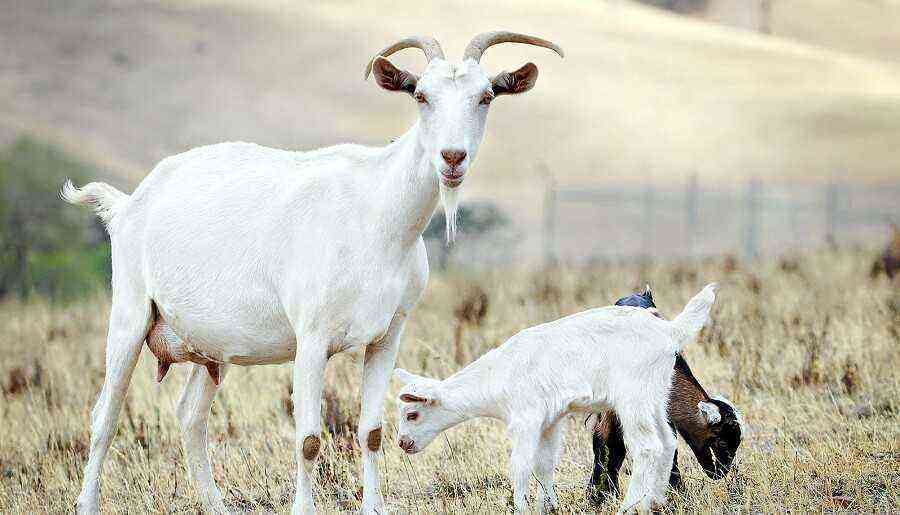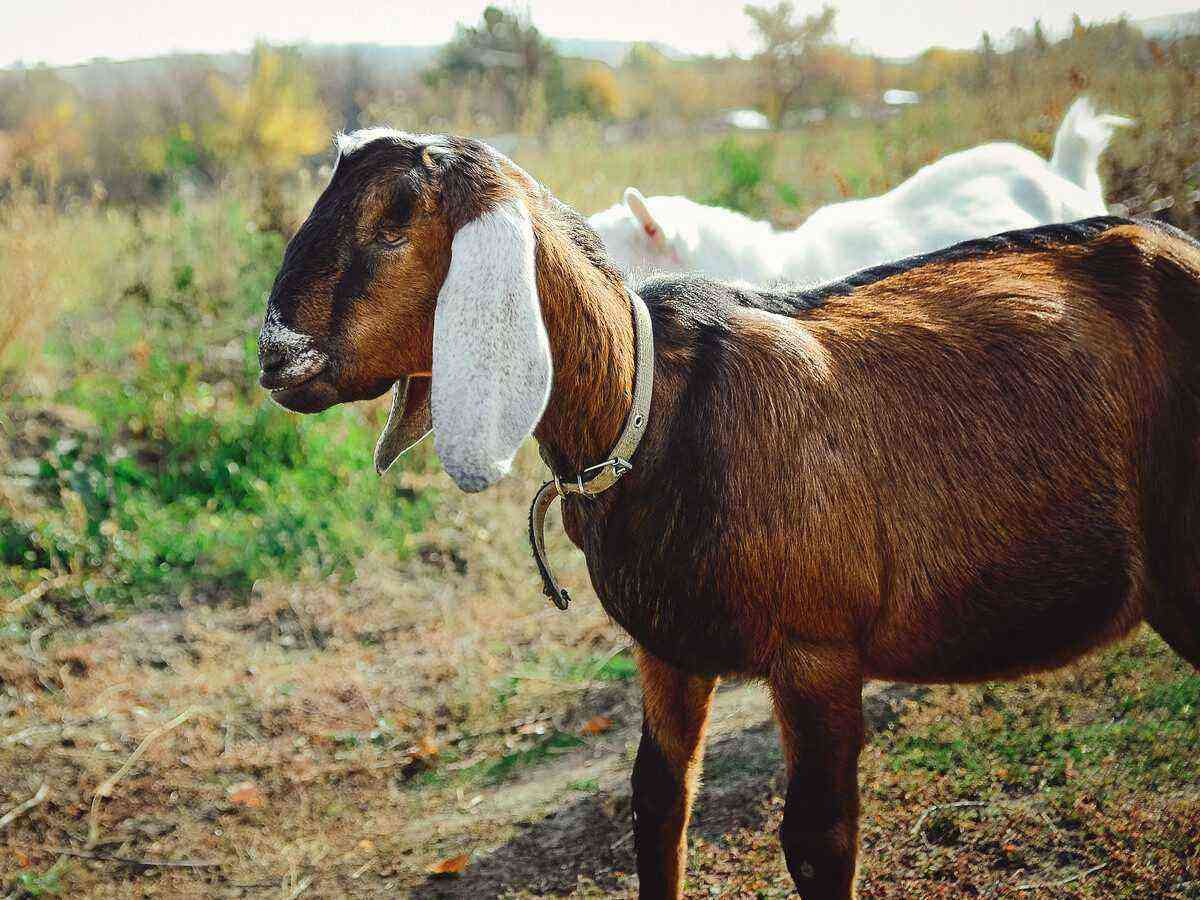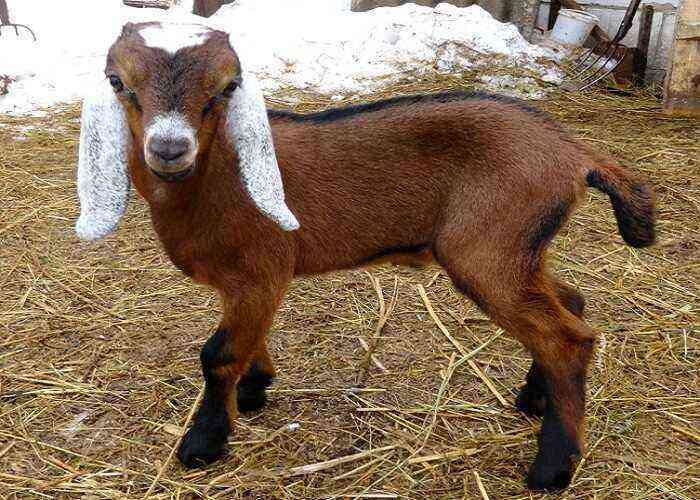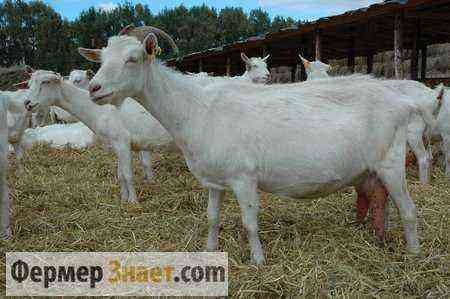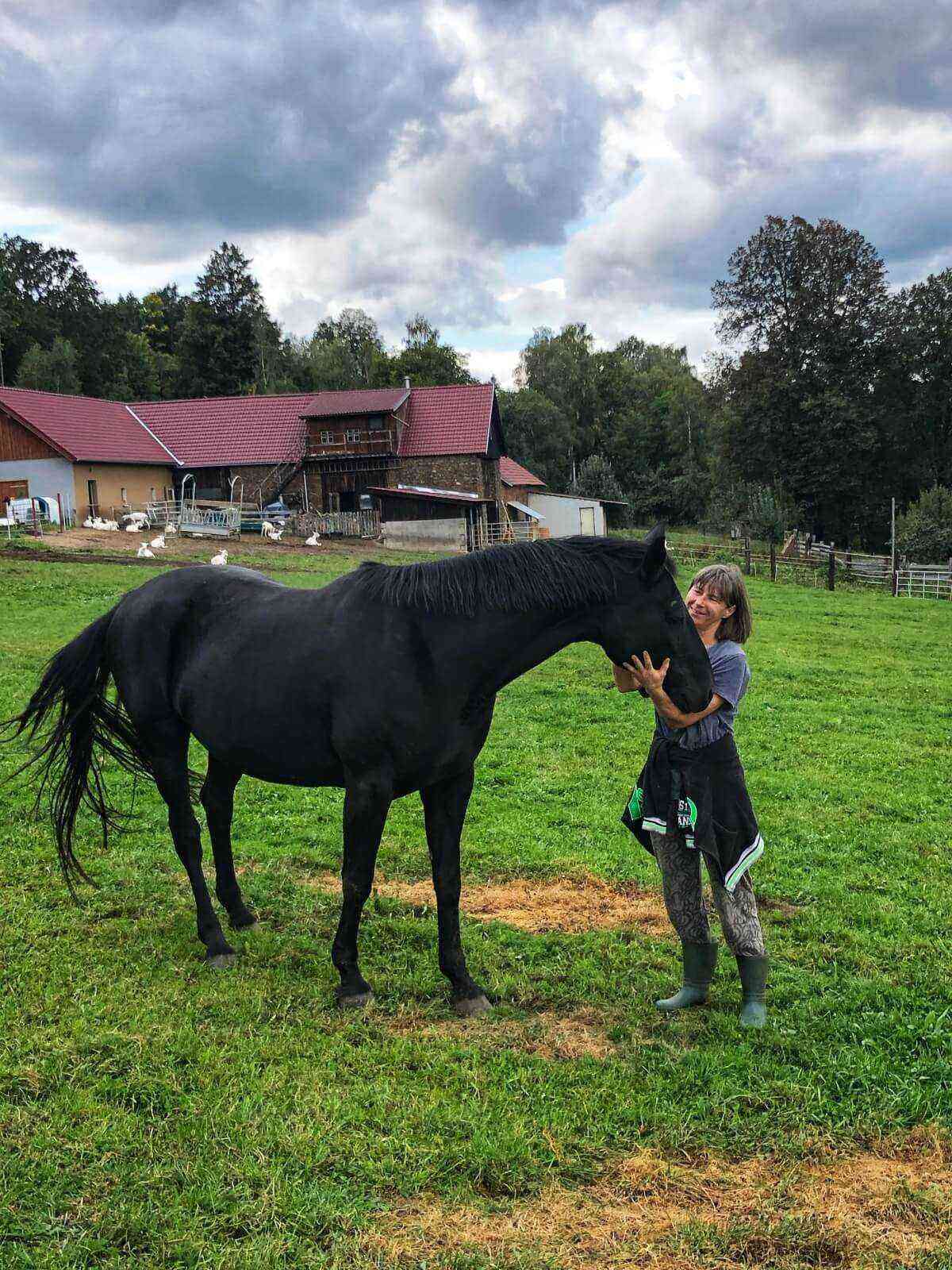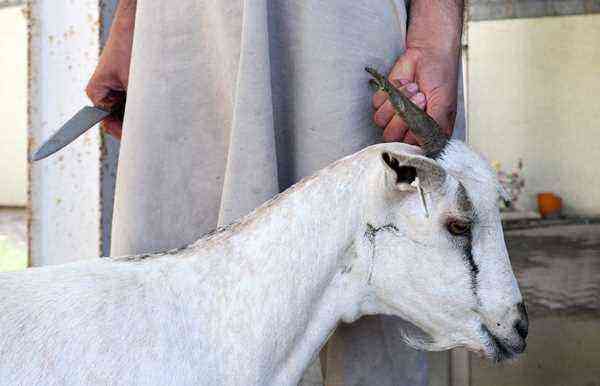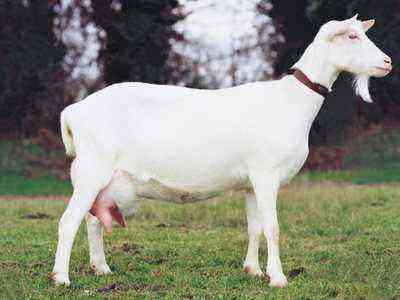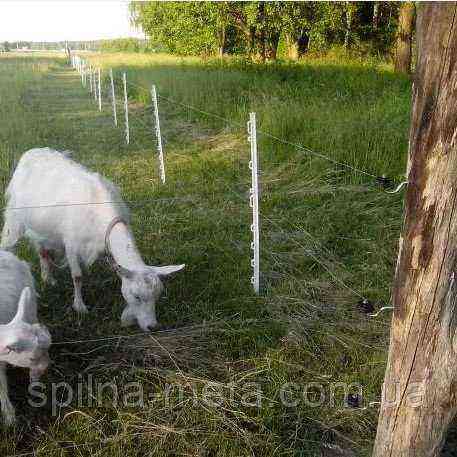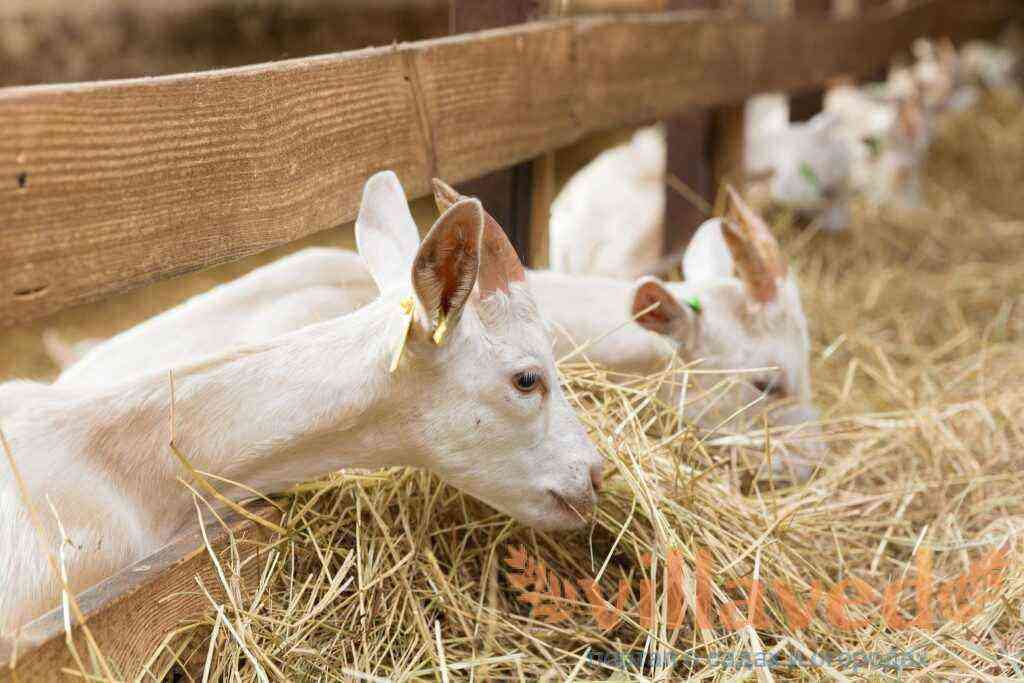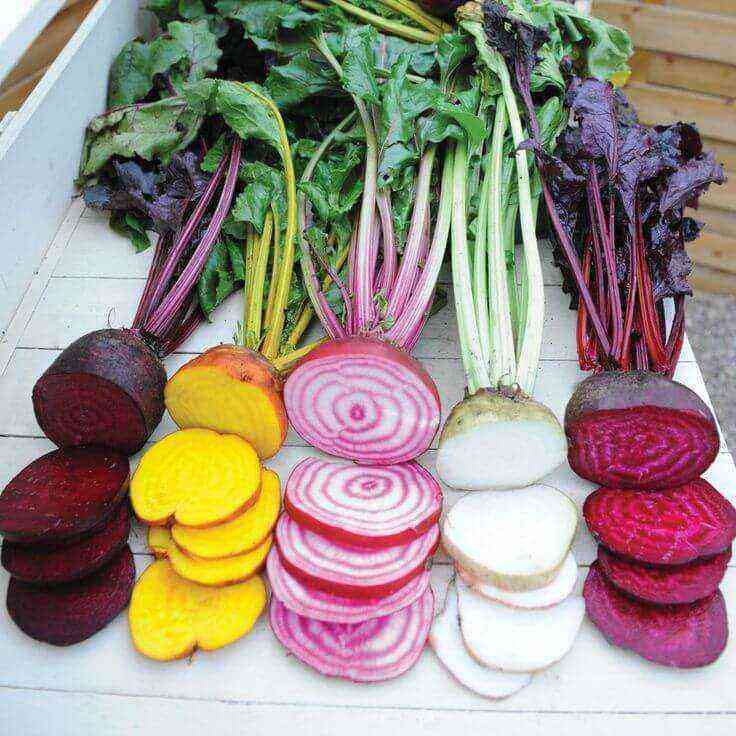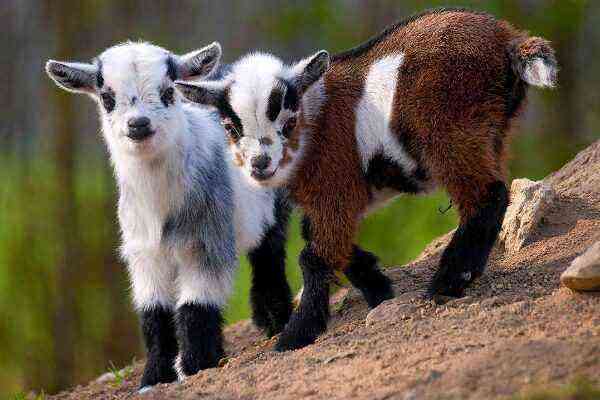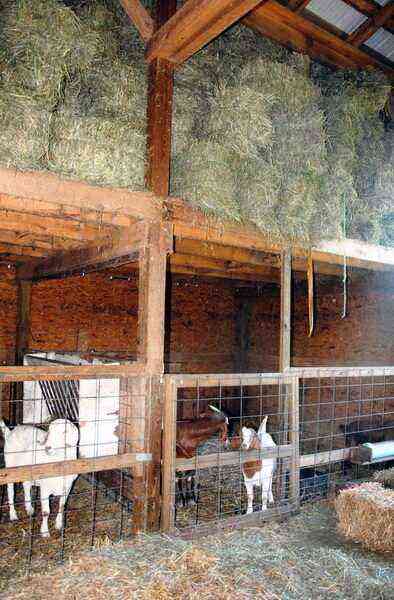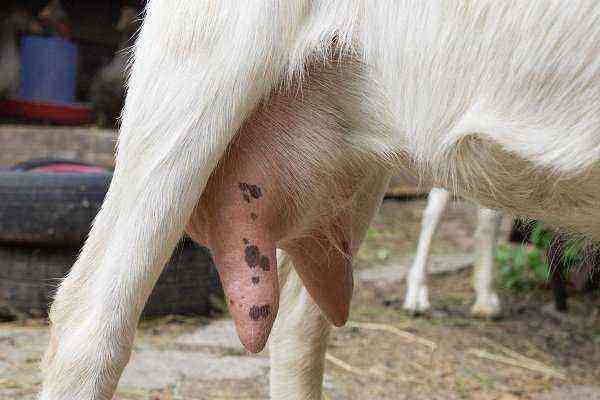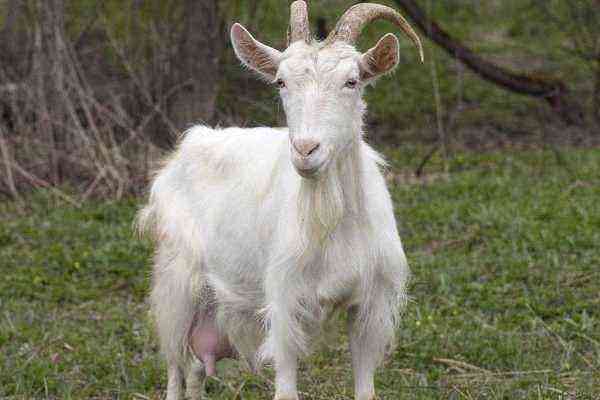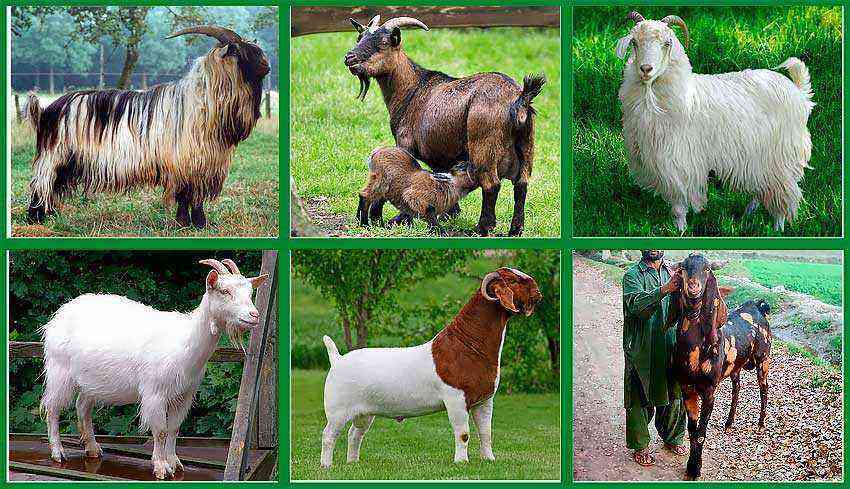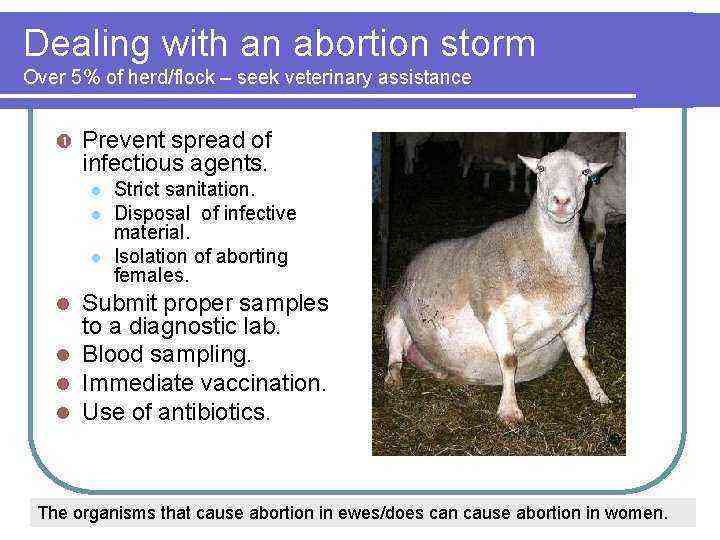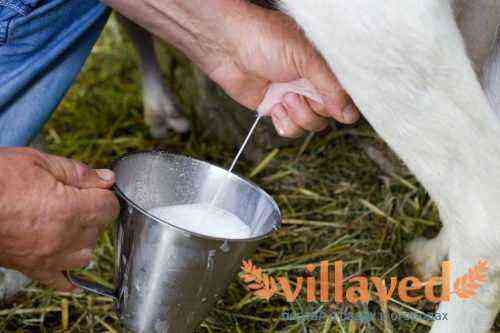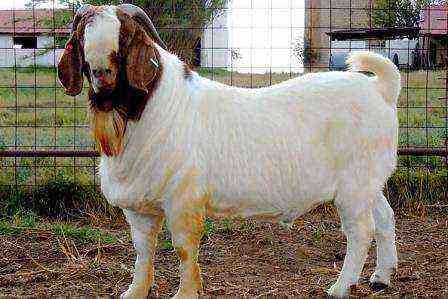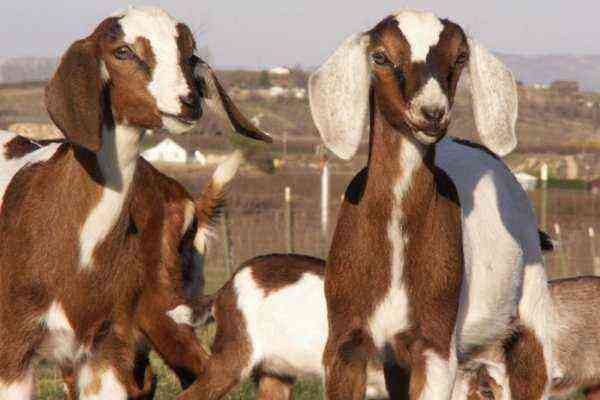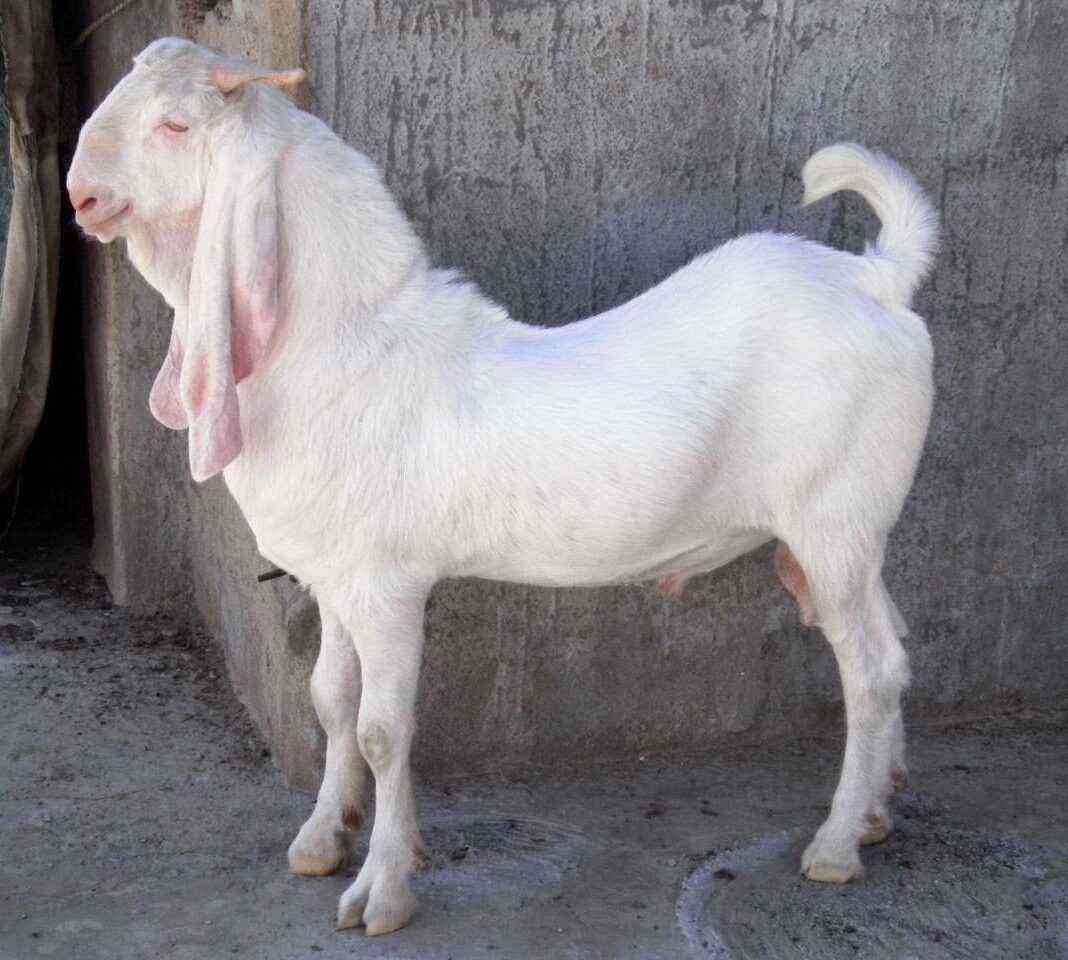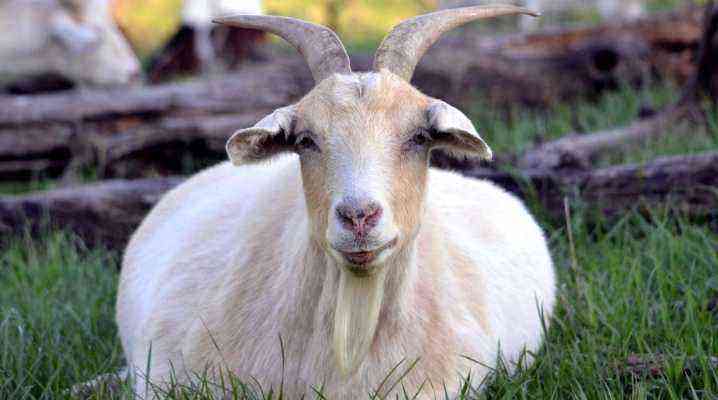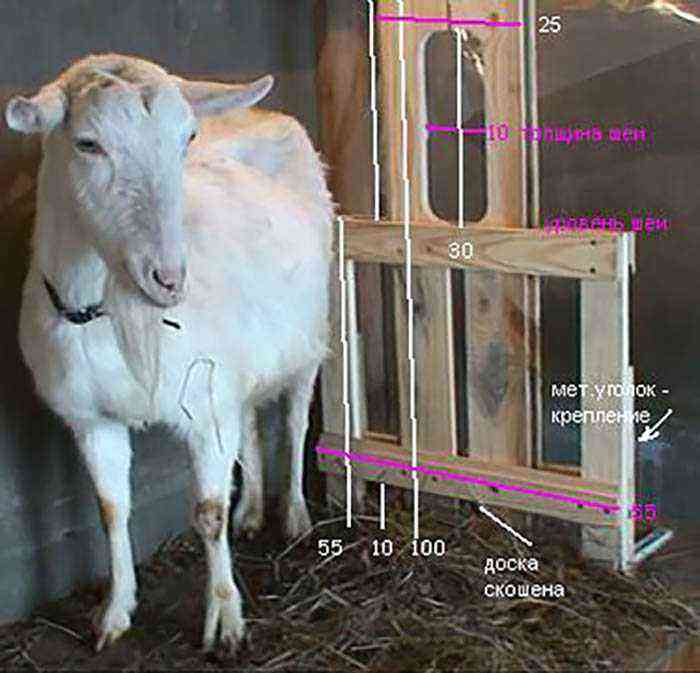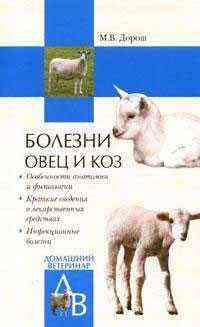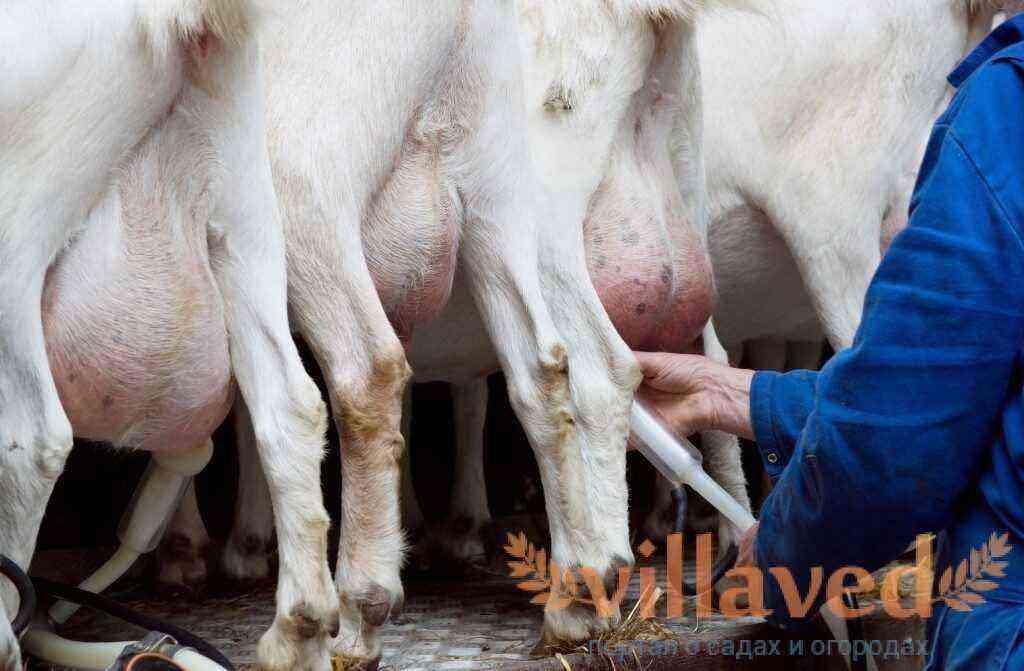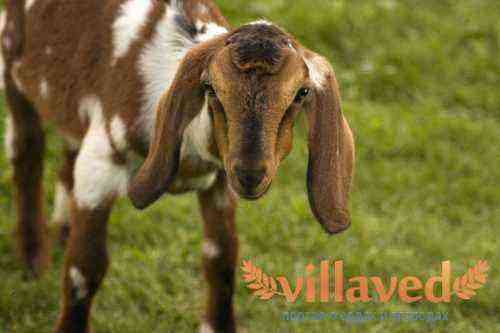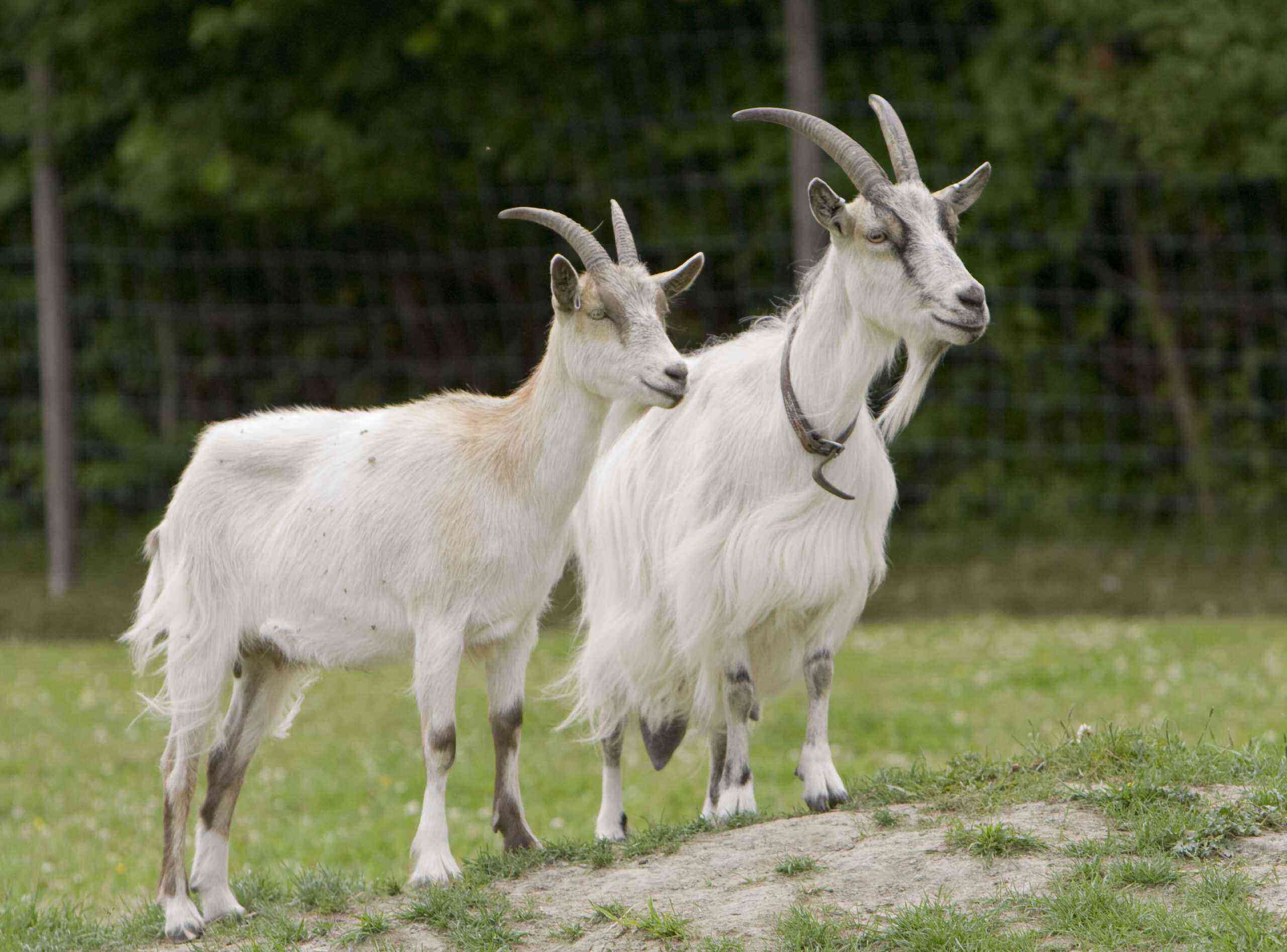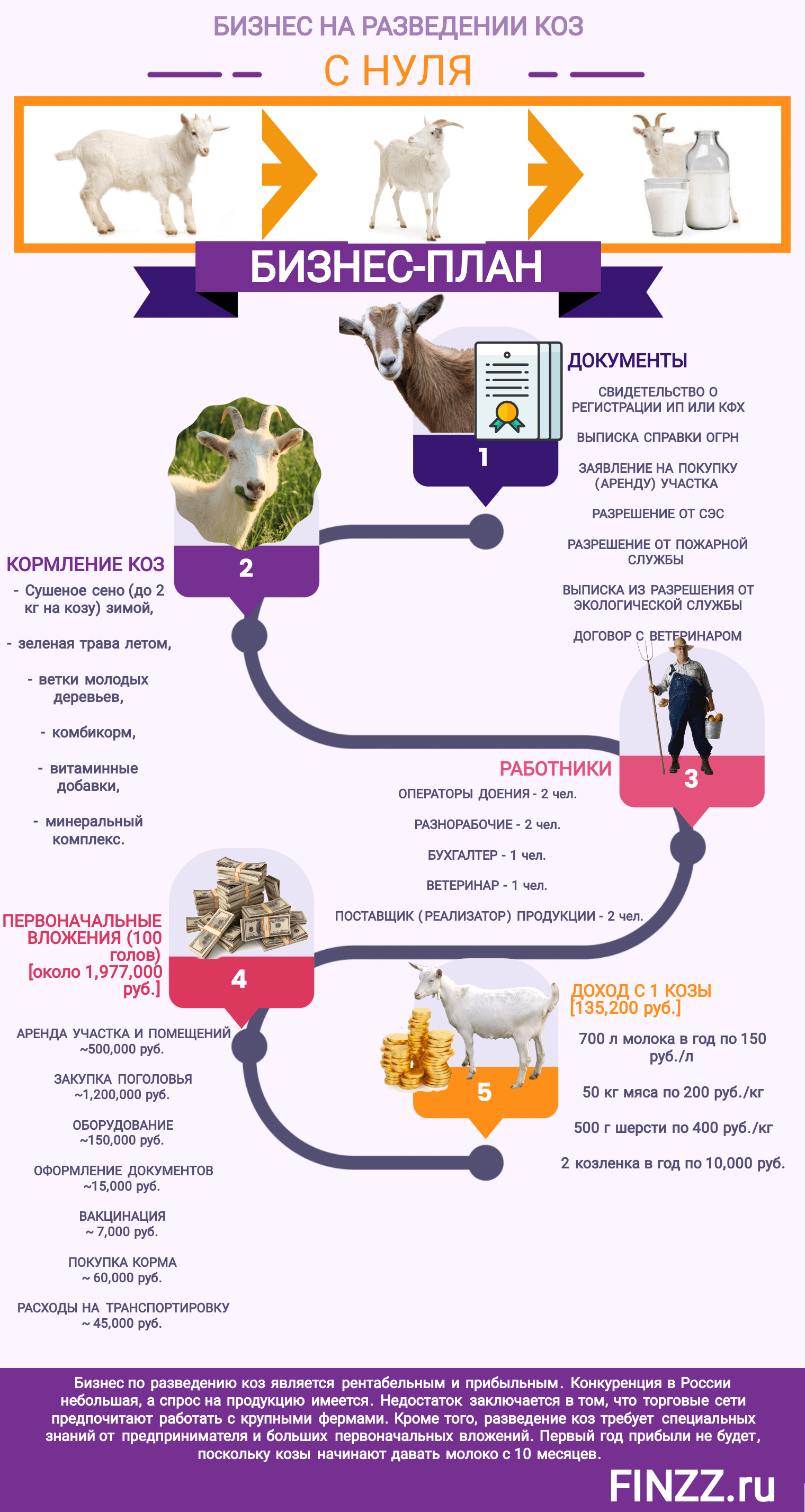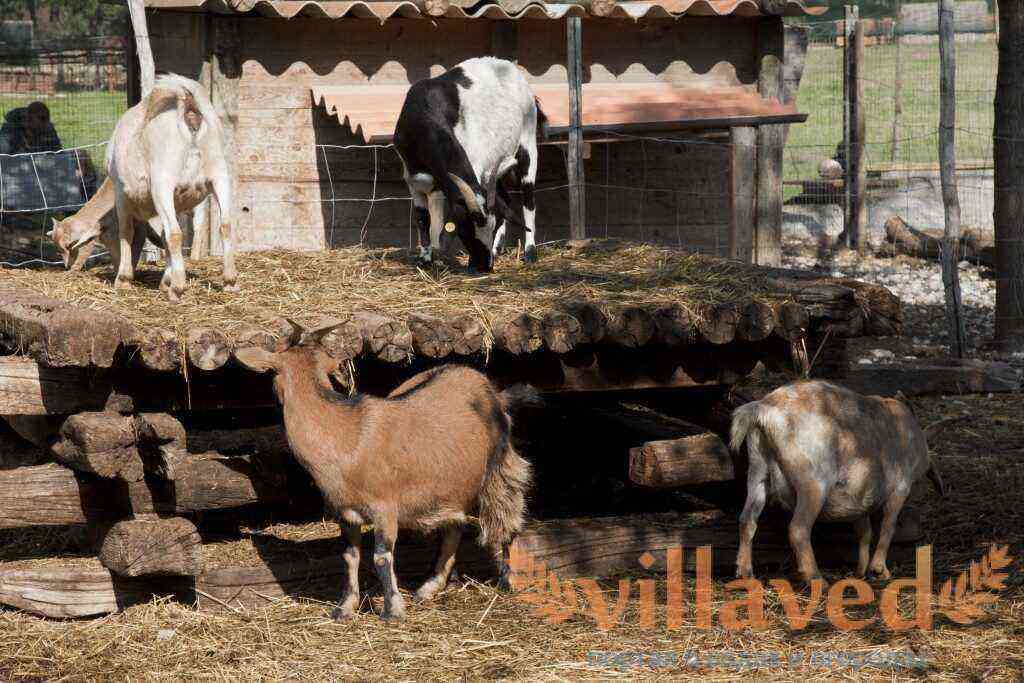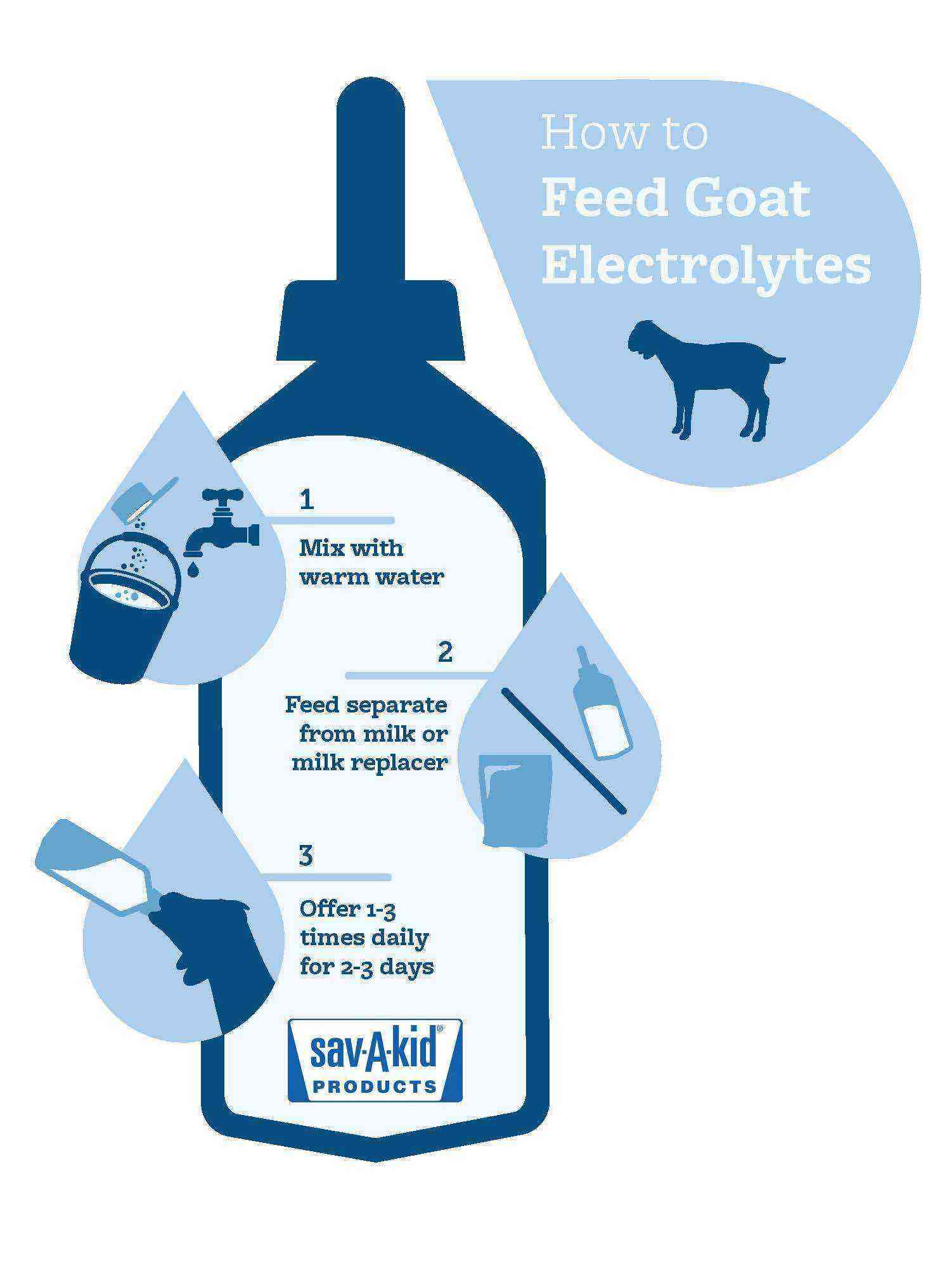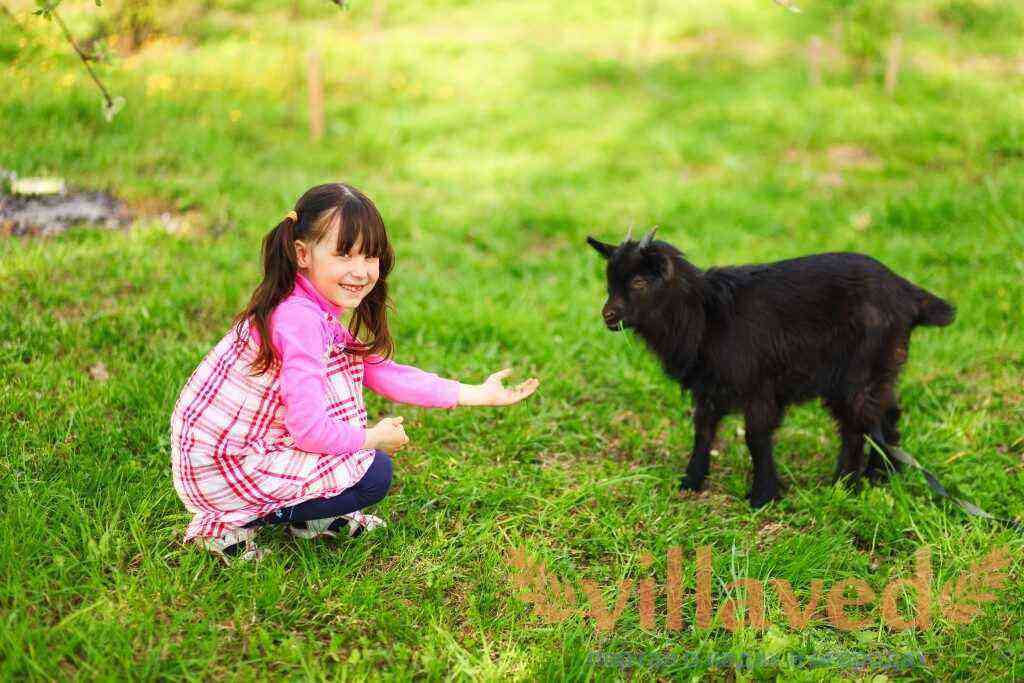Downy goats differ from their relatives in their special wool, long and silky, and the softest down. Such breeds are bred for wool, and meat and milk fade into the background. We will find out what downy breeds of goats are and compare their productivity.
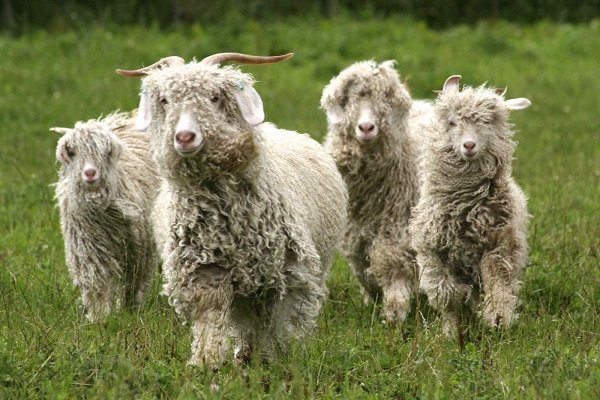
Characteristics and features of downy goats
The main difference between a downy goat and its other relatives is a huge amount of thick down. The greatest value is precisely fluff, and not coarse hairs.
What is the difference between downy goats and ordinary goats:
- Low fat content in wool. When combing, the down fibers do not get tangled, the quality of the product can be checked directly on the animal.
- There are no special content requirements. The only caveat is the annual haircut and combing. The fluff begins to be combed out in the molting season.
- The molting period falls at the end of winter, and then combing and cutting are repeated after 14 days. You can’t postpone the procedure, otherwise you can lose a useful and important product (fluff clogs very quickly).
- The value of down is also determined by the quality of the product and its shade. During the first cheski, the down has the highest quality. White down is sold more expensive, other colors are in less demand.
The best breeds of downy goats
Consider the best breeds of goats of this type. All of them are distinguished by thick and long hair, but its quality and quantity are different for each breed.
Angora breed
Representatives of the Angora goat breed are small in size, but this fact does not prevent them from remaining the best downy animals.

Description. Goats are white in color, but gray and silver can be found. Male Angora goats reach 50-55 kg, and goats do not exceed 40 kg. The body is low, the head is miniature, the chest is small, the paws are strong, despite the shortness. The body is covered with thick hair, it curls and forms twisted braids. The length of one strand can grow up to 0,3 m.
Productivity. Goats should be sheared twice a year. One individual brings about 4-5 kg of wool. As for milk productivity, during lactation it reaches 60-100 liters, the fat content of milk is 4,5%.
Content Features. The Angora breed is not demanding for care, the animals do not show capriciousness or discontent. They can graze in any area, but the choice is given to hilly areas. The palatability of milk deteriorates significantly when females and males are kept together.
Animals cannot be kept indoors all the time, they must be in the fresh air, otherwise diseases cannot be avoided. Also, the lack of fresh air leads to a deterioration in the condition of the coat. If there is no opportunity to graze animals on the pasture, then in the summer they need to be released into an open pen. The site is fenced with a net or a fence of at least 2 m.
Advantages of the Angora breed:
- perfectly digest food of different composition;
- easily adapt to different climatic conditions;
- have strong immunity;
- high wool productivity;
- the meat is delicious.
Disadvantages of the breed:
- poor maternal instinct;
- the difficulty of keeping in a room with high humidity;
- the quality and structure of wool depends on the weather;
- during molting, the amount of wool is reduced;
- low fertility.
cashmere downy goat
Animals live in mountainous areas at an altitude of 2-3 thousand meters above sea level.
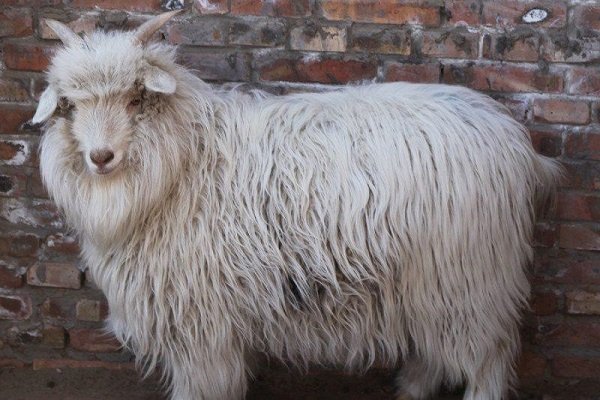
Description. The size of an individual of this breed is somewhat smaller than Angora goats. The ears are large, hanging, the horns are slightly curved. The muzzle of the animal is covered with short hair, the whole body is “dressed” in long fluff. Wool of different colors: gray, white, tan and gray-tan.
Productivity. The length of the awn is about 12 cm, the down is about 8 cm. It is fluffy and elastic, so products made from down are warm and light. It is necessary to shear animals annually, sometimes during molting fluff is found in bushes or on the ground. An individual brings about 200 g of wool, about 150 g of fluff.
Content Features. There are no special requirements for keeping these goats. Due to its ability to survive in mountainous areas, the breed is kept in Tibet, Mongolia, Iran and Central Asia.
Advantages of the Angora breed:
- average down productivity;
- very hardy and not demanding in care.
Disadvantages of the breed:
- the possibility of breeding only in mountainous areas;
- without regular combing of goats, the fluff often crumbles and loses its presentable appearance.
Pridon breed
Belongs to the ancient breeds, homeland – Russia, the region of the Don River.
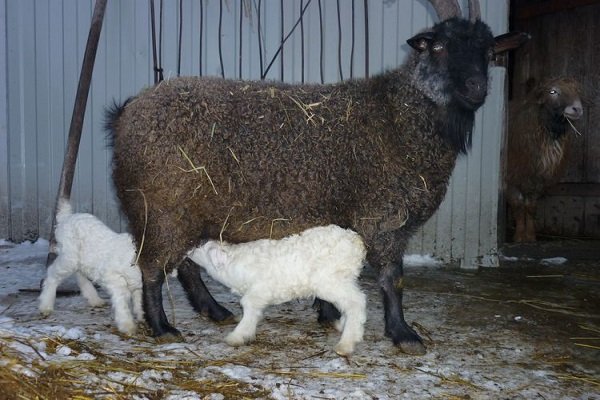
Description. The Pridonskaya goat was born by crossing local goats with the Angora breed. Wool of different shades, but the most common colors are white, gray, black. The body is strong, the paws are strong. A kid at birth weighs about 3 kg, an adult goat reaches 75 kg, and a female – 45 kg. The breed is considered prolific.
White goats weigh a little less than gray goats, but the amount of down does not change from this.
Productivity. The main product for which the breed is bred is wool, it consists of approximately 70% fluff and 30% hard hairs. The wool is of the same thickness and size, the down grows to about 0,1 m, and the awn – 0,08 m. 1,5 kg of down can be collected from one goat. The meat is of excellent quality, up to 9 kg of this product is obtained per individual.
Content Features. Individuals can live both separately from each other and in a herd. There are no requirements for living conditions, animals can coexist next to other breeds of goats, with birds, etc.
The main rule is not to allow excessive crowding, otherwise the coat will begin to lose its qualities. It is necessary to graze goats in summer and winter; in summer, grazing should not be less than 12 hours.
They need an increased portion of protein and sulfur. Watering is required twice a day. In winter, the water is slightly warmed up.
Advantages of the Don breed:
- high wool productivity;
- excellent quality animal meat;
- milkiness is tasty and non-greasy;
- do not need special conditions of detention;
- picky in food.
Livestock breeders were able to identify only one minus of the breed – the deterioration in the quality of wool due to sudden changes in climate and weather.
Orenburg
Goats are distinguished by their impressive size and strong physique.
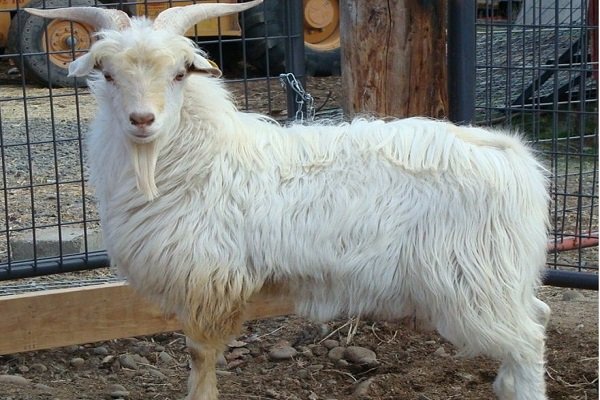
Description. In their weight, goats reach 90 kg, and females can exceed 55 kg. Often, Orenburg goats are black without additional patches. The coat is of a braided type, thick and soft to the touch. Individuals are multiparous.
Orenburg goats are famous for their resistance to various weather changes. Climate change has a beneficial effect on the quality of wool, especially wind, drought and frost.
Productivity. The main purpose of breeding Orenburg goats is to get fluff. Approximately 0,5 of the product can be collected from one animal. The coat is soft and delicate, but at the same time, strong and elastic. In already made products, it is fluffed, giving them a more sophisticated look.
During lactation (for 6 months) you can collect 160-180 liters of milk of medium fat content. After weaning the young from the mother, she can be milked for another 3 months. With good nutrition, she will bring about 50 liters of milk.
Content Features. Individuals are very clean and sensitive. One place is prepared for the toilet for them, and another clean and dry place for rest. Goats live in pastures, if the winters are not particularly cold, then the animals prefer to stay outside as long as possible.
It is possible to breed breeds only in the territory of the Southern Urals, Orenburg and a number of adjacent places.
Advantages of the Orenburg breed:
- precocity above average;
- milk productivity is high;
- the quality of the fluff is excellent;
- monochromatic color;
- large output of wool.
Disadvantages of the breed:
- truncation of the fluff fiber, this property worsens the condition of finished products;
- difficult adaptation to the new climate.
Gorno-Altai goats
Goats were named after the place where this breed appeared – Altai. One of the “parents” was an individual of the Don breed.
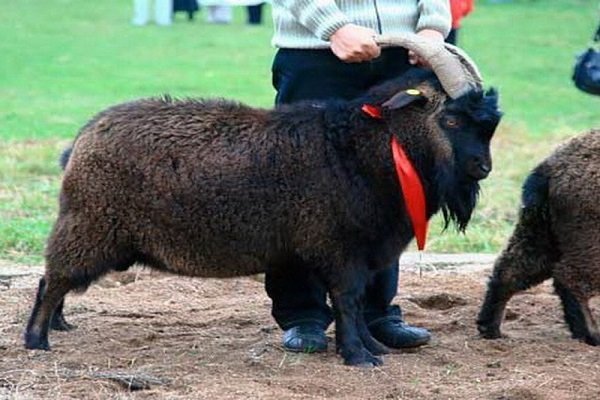
Description. Goats are hardy, they can live on pasture for a whole year. Rapidly gaining weight and have the highest quality meat. The mass of goats reaches 65 kg, and goats – 40 kg. Very meaty individuals, its amount in the body of animals often exceeds 70% of the total body. As for fertility, it all depends on pastures and living conditions on them.
Productivity. The wool of the Altai Mountain breed is 8 cm long, 75% consists of fluff. From a goat, you can take 0,5-0,7 kg of the product. High quality down, very soft. Designed for the manufacture of scarves and other products.
Content Features. You can keep it in any region of the country, as they easily adapt to different climatic conditions. For housing, goats need a covered room, you can get by with a simple canopy.
It is not necessary to insulate the room, but be sure to cover the floor with straw. The barn should not be wet, as dampness adversely affects the condition of animal hair.
Breed advantages:
- high quality wool and down;
- a large amount of down pile;
- undemanding in maintenance and care;
- picky eating;
- the ability to get along in the dry climate of the highlands;
- good endurance;
- strong immune system;
- high meat productivity.
Of the shortcomings, only a small marriage of horns can be distinguished, which even gives Altai goats a zest.
Dagestan downy goats
The Dagestan breed is a small-sized individual with a strong physique.
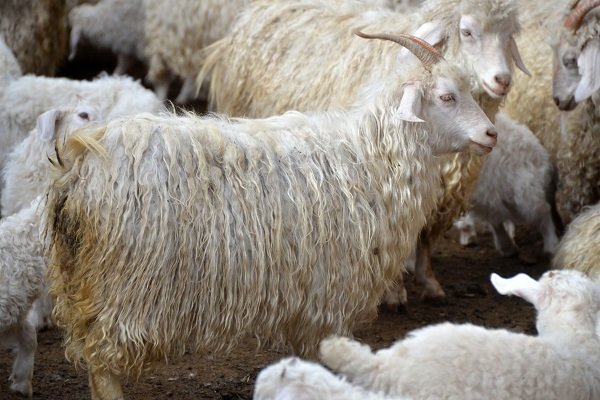
Description. The weight of the female varies between 28-34 kg, the male – 48-57 kg. The head is small in size, the ears hang down, the horns are straight. The limbs of individuals are strong, muscular, covered to the knees with wool, consisting of 80% down. The color of the goat is often white. Fertility is low – about 20-40%.
Today, this breed is under the threat of complete extinction. The bulk of the goats were in one of the state farms in the Buynaksky district of Dagestan, but after its collapse, the number of individuals decreased significantly. Thoroughbred goats were settled on various farms of the republic.
Productivity. Dagestan goats do not show particularly high performance, down from an individual can be obtained about 0,3-0,5 kg, it is valued for its white color, which is ideal for creating scarves or shawls.
Content Features. During grazing, the hooves of animals wear out and acquire the correct shape, while in stalls, they soften and begin to rot. Therefore, you need to monitor this and clean them in time.
Another difficulty in keeping is the flies that lay their eggs on the skin of cattle, they multiply, larvae and worms appear that destroy the hooves of goats. Animals eat poorly, their productivity decreases.
Breed advantages:
- quick adaptation to the conditions of detention;
- the amount of fluff has slightly increased compared to previous years;
- the meat is tasty and juicy.
Disadvantages of the breed:
- down quality is low;
- low fertility and birth rate;
- milkiness is low.
Black downy goat
The breed appeared due to the crossing of local goats of Uzbekistan with the Angora breed.
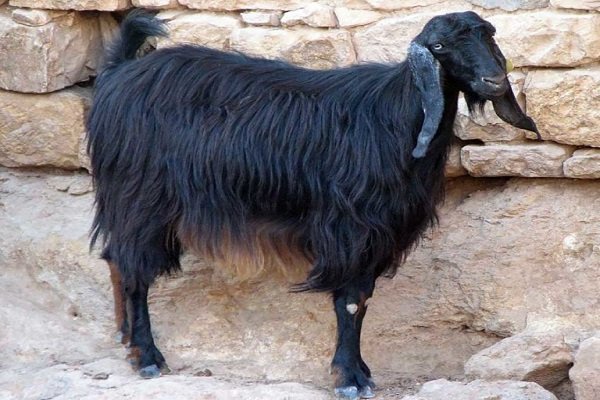
Description. The mass of the female is 45 kg, the goat is 60 kg. Despite the uniform color, the wool is not monophonic, it contains impurities of other colors. The awn is hard and short.
Productivity. The pile of fluff varies from 300 to 400 g per individual. Average length – 9 cm.
Content Features. The main thing is to pay attention to molting. The period lasts about a week, and during this time the breeder needs to have time to collect as much fluff as possible, being late leads to losses at the level of 35%.
Advantages of the Angora breed:
- large goats, respectively, in addition to fluff, you can get a sufficient amount of meat;
- high quality fluff.
Disadvantages of the breed:
- during molting, a lot of fluff is lost;
- distributed only on the territory of Uzbekistan.
Volgograd downy goats
The birthplace of the breed is the Chernyshkovsky district, the “parents” are Angora and Don goats.
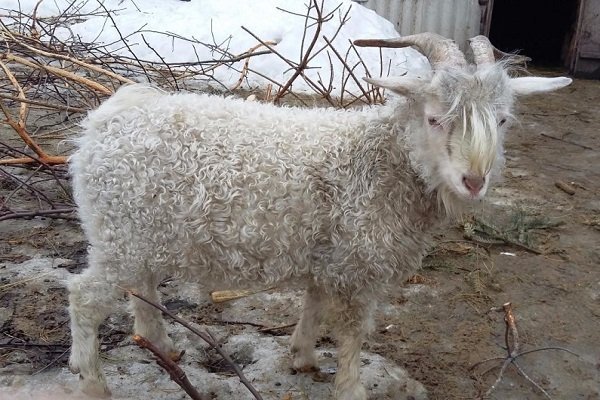
Description. The wool is of high quality, clean and soft to the touch. The mass of the female is approximately 35-40 kg, the goat is 60 kg. The wool is white and sells well.
Productivity. Wool is 90% down. About 1 kg of the product is collected from the female, 1,2-1,5 kg from the male. Down length – 11 cm, milkiness above average. During the feeding of young animals, it turns out to milk about 100 liters of milk from a goat, the fertility is high – 130 kids per 100 females.
Content Features. They do not need special conditions. They can live in any territory, except for mountainous areas.
Advantages of the Angora breed:
- high quality down and wool;
- good indicator of milkiness;
- high fertility.
Farmers could not identify the shortcomings of the breed, it fully complies with the requirements for downy goats.
Kyrgyz downy goats
According to their size, goats of this breed belong to medium-large breeds.
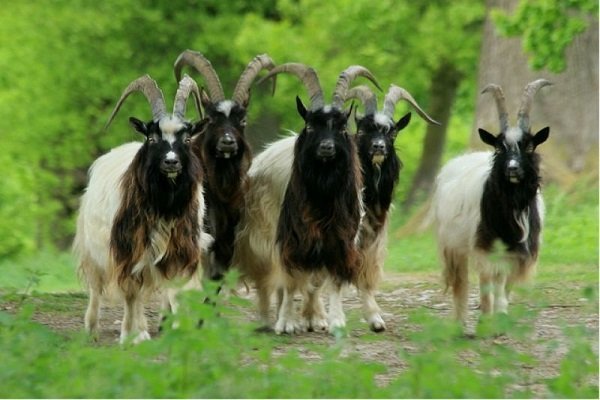
Description. The mass of a goat is approximately 35-40 kg, a male – 58-68 kg. Goats gain the largest mass at the age of 5 years. The meat of the breed has excellent taste, animal skins are suitable for creating fur coats and sheepskin coats.
Productivity. The main product of Kyrgyz goats is down – a source of income for many livestock breeders. Down productivity directly depends on the influence of various factors, such as the sex of the individual, the age and size of the animal. About 0,4-0,5 kg of fluff is collected from a goat.
Content Features. Goats are kept on pastures. Wormwood, saltwort, shrubs act as the main food. If the winter season of the year turns out to be much colder than usual, then it is advisable for animals to build special buildings with a canopy. In addition, pastures in winter are not rich in the amount of food that animals need.
Breed advantages:
- a large amount of fluff obtained;
- high milk production and fertility;
- adaptability to any climate.
There is only one drawback – the quality of down is the lowest compared to other downy goats.
Down goat comparison
Name of the breed Amount of down per 1 individual Average weight of a goat Average weight of a goat Habitat Angorskaya 4-5 kg 40 kg 50-60 kg Central Asia, Russia Kashmir 0,15-0,2 kg 30 kg 40 kg Tibet, Mongolia, Iran and Central Asia. Pridonskaya 1,5-1,8 kg 45 kg 75 kg Russia Orenburgskaya 0,5-0,6 kg 55 kg 90 kg Russia Gorno-Altaiskaya 0,5-0,7 kg 40 kg 65 kg Mongolia and Altai Dagestanskaya 0,3 -0,5 kg 28-34 kg 48-57 kg Dagestan Black 0,3-0,4 kg 45 kg 60 kg Uzbekistan Volgograd 1,2-1,5 kg 35-40 kg 60 kg Russia Kyrgyz 0,4-0,5 .35 kg 40-48 kg 58-XNUMX kg Kyrgyzstan
Breeding and keeping downy goats is not difficult. It is important to competently approach the choice of the breed of downy goats, and, having provided them with decent care and care, to get as much high-quality down as possible.
